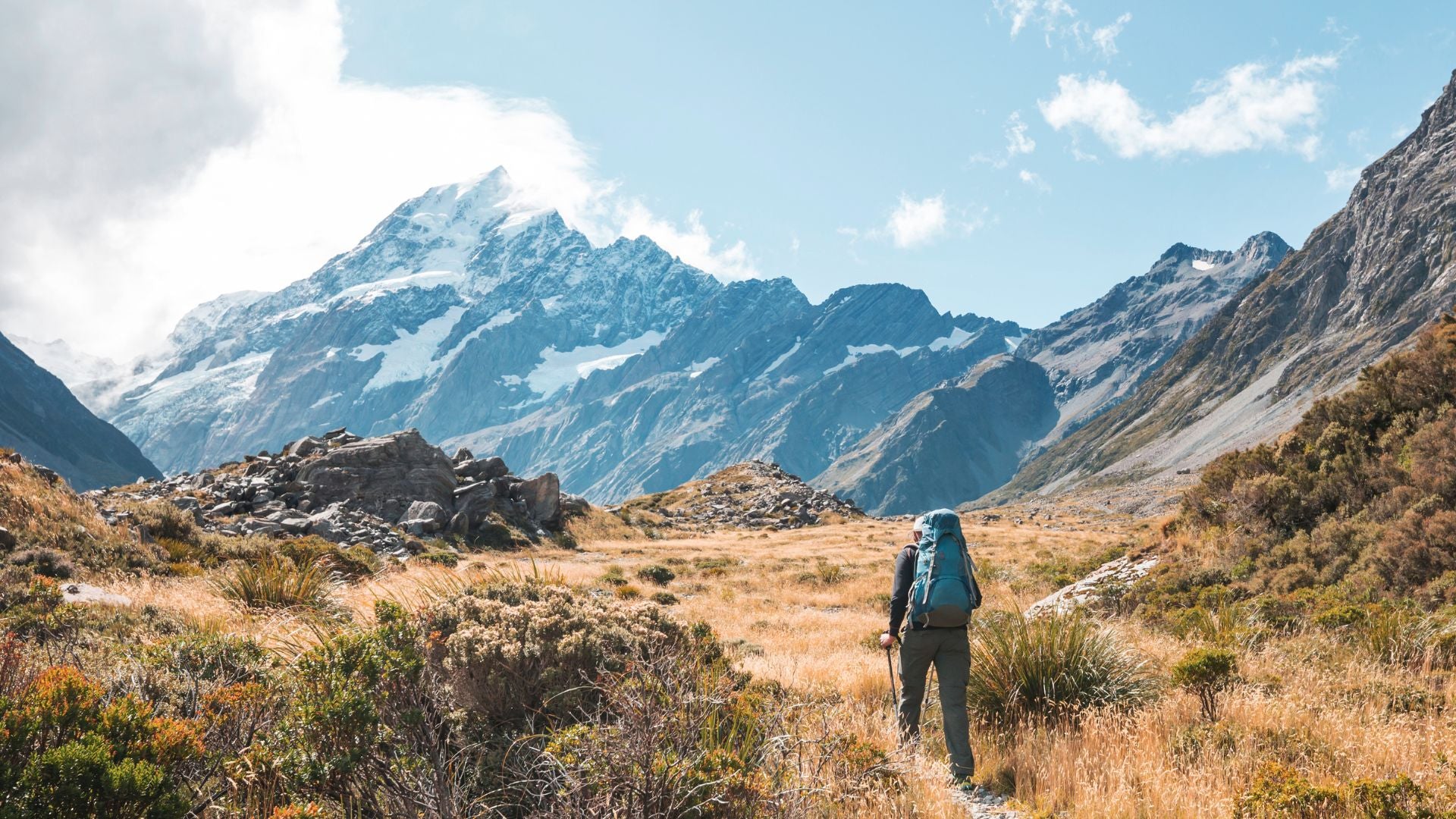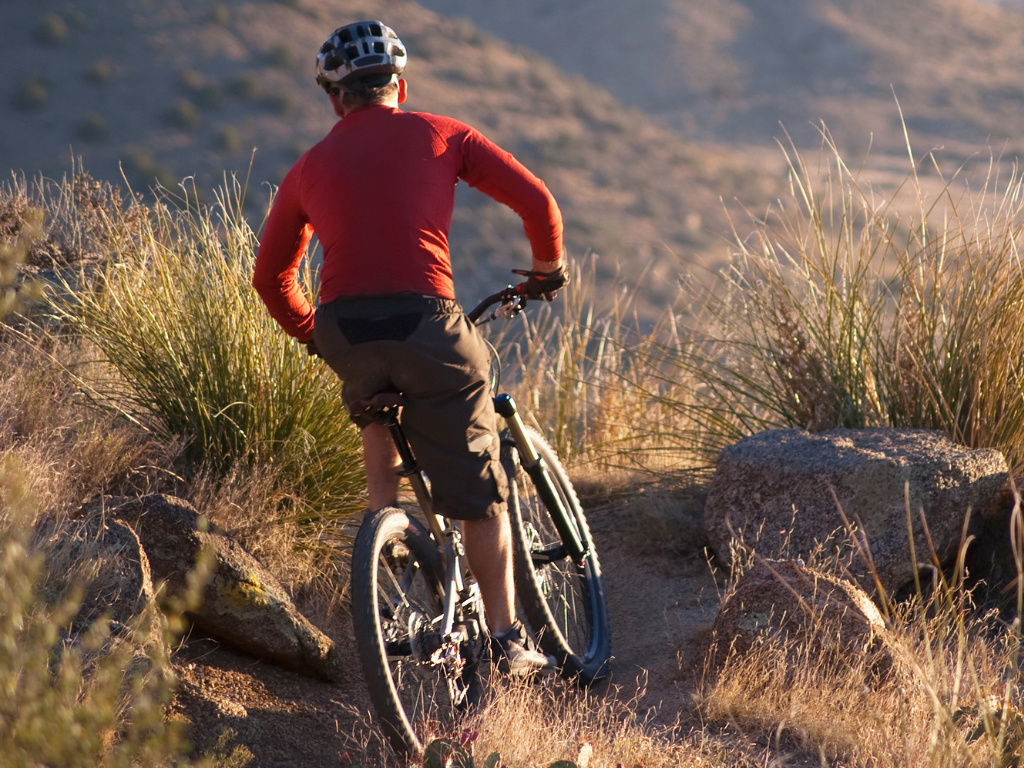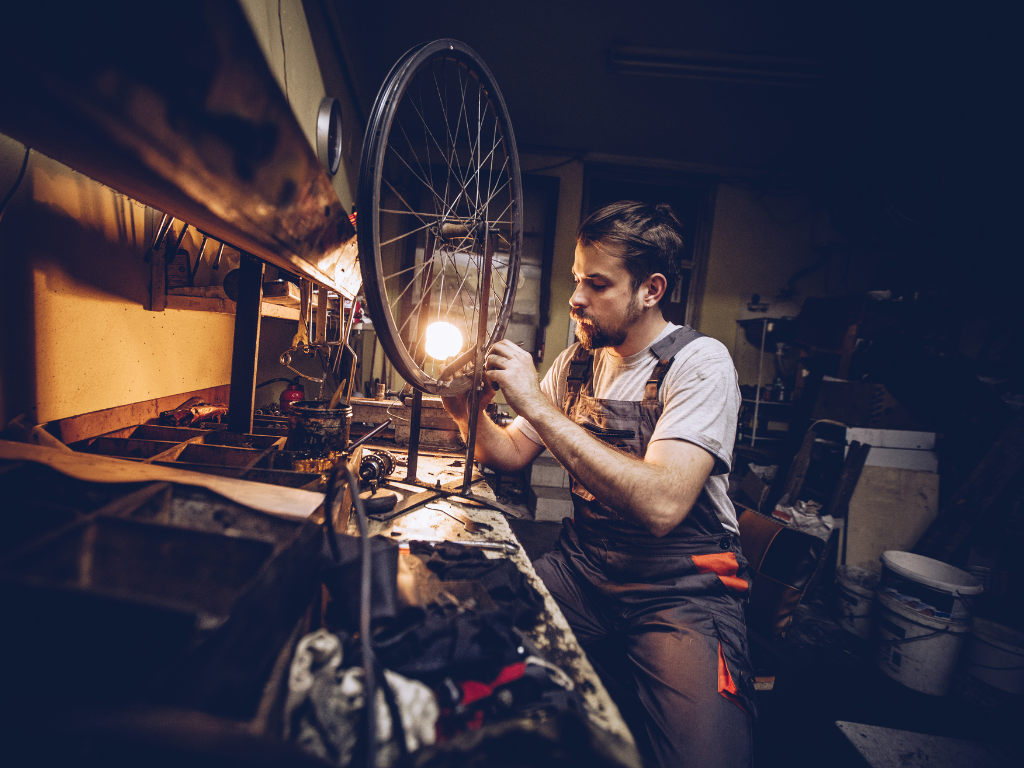Don’t little things like cold, rain, ice, fog, and snow stop you from enjoying the running trails you love. But being well prepared will make it a lot more pleasurable and safer too. Here are a few essentials to have in mind before you head out into the gnar.
Layering
Layers are your best friend. To keep your core temperature up we thoroughly recommend Mons Royale and Icebreaker base layers for merino wools’ unique ability to regulate temperature, as well as being able to keep you warm even when the garment is wet.
If it’s really cold, we have excellent insulating mid layers from Arc’teryx, Patagonia, The North Face, Schoffel, Norrona, Marmot, and Picture Organic Clothing. The bonus is that often a quality mid layer can do double duty as stylish streetwear.
A lightweight, packable, showerproof, jacket like this Patagonia Stash is also good to have along – even if it’s not wet they can give you welcome extra protection from wind chill.
You might also find that wearing gloves and a beanie or headband like a Buff can make you feel a lot more comfortable on the trail in cold weather.
Footwear
Led by Salomon a whole range of new specialist trail running shoes have recently hit our shelves, featuring aggressive tread patterns on their soles and waterproof membranes on the uppers.
The new Salomon Genesis has been a huge hit with local trail runners for its fantastic combination of grip, stability, support, and comfort on uneven terrain.
In winter having a substantial tread is vital as it will bite into muddy and icy trails for sure footedness. Shoes with a good grip and tread are indispensable on muddy and wet trails. In addition, many running shoes have a waterproof GORE-TEX membrane so you return home with dry feet. If the trails are already covered with ice and snow, spikes can also be a very good idea so you don’t slip.
Accessories
Hiking poles like these super lightweight carbon poles from Black Diamond can give you extrastability and safety on trails, especially on steep tracks and uneven surfaces. When the going’s easier they can be folded and stowed in your pack.
Salomon have a range of vests designed for runners that offer storage for things like poles and rain jackets, as well as lightweight bottles for fluids. Remember even if you don’t feel like you’re sweating, you’ll still need to keep up your intake of fluids.
Since winter days are shorter, you’ll be contending with fewer daylight hours so headlamps are worth their weight in gold. You be able to see your footing clearly and other people on the trails will be able to see you coming, which especially important if your trail is shared by mountain bikers.
Know where you’re going and be safe
It’s easy to get lost even in relatively familiar places when visibility is poor due to rain, fog or darkness. So make sure to have your phone or GPS with you, and tell someone where you’re planning to go running. On Strava, you can let your safety contact your run live.
Warm-up indoors
In cold weather, it’s a great idea to warm up inside the house before you head out. Being warm and flexible will decrease the chance of injury.
Training intensity
When it’s icy cold, you should lower your training intensity a bit to protect your lungs and bronchial passages. By the way, neck warmers are awesome for helping to warm up the air you’ll be breathing.
In winter it is better to do regular base training runs at a slower pace than to burn yourself out with short, intense workouts. In other words, you can use to build endurance, and save strength and speed for warmer times of the year.
If you need any help or advice let us know. We have passionate winter trail runners ready to help you working at all our stores in Queenstown, Wanaka, Te Anau, and Tekapo. See you out there!




